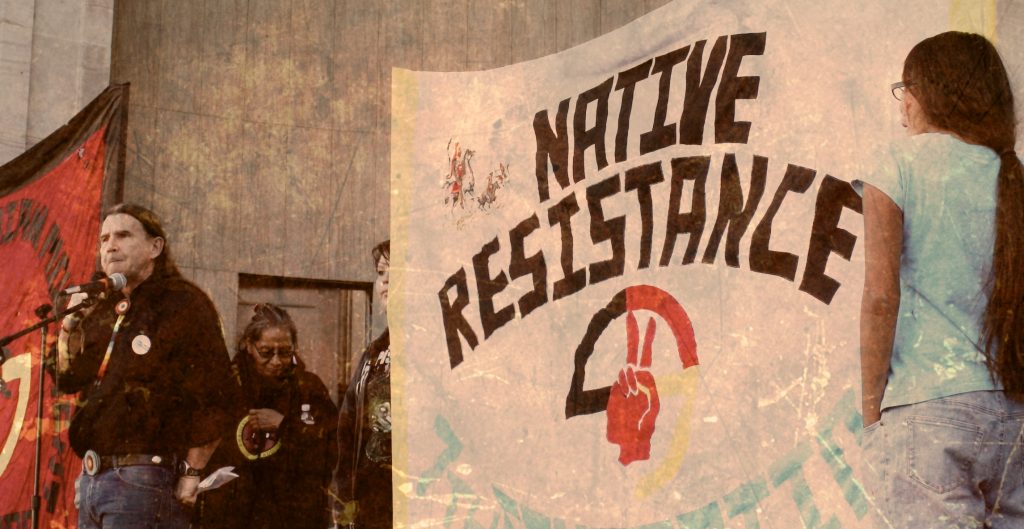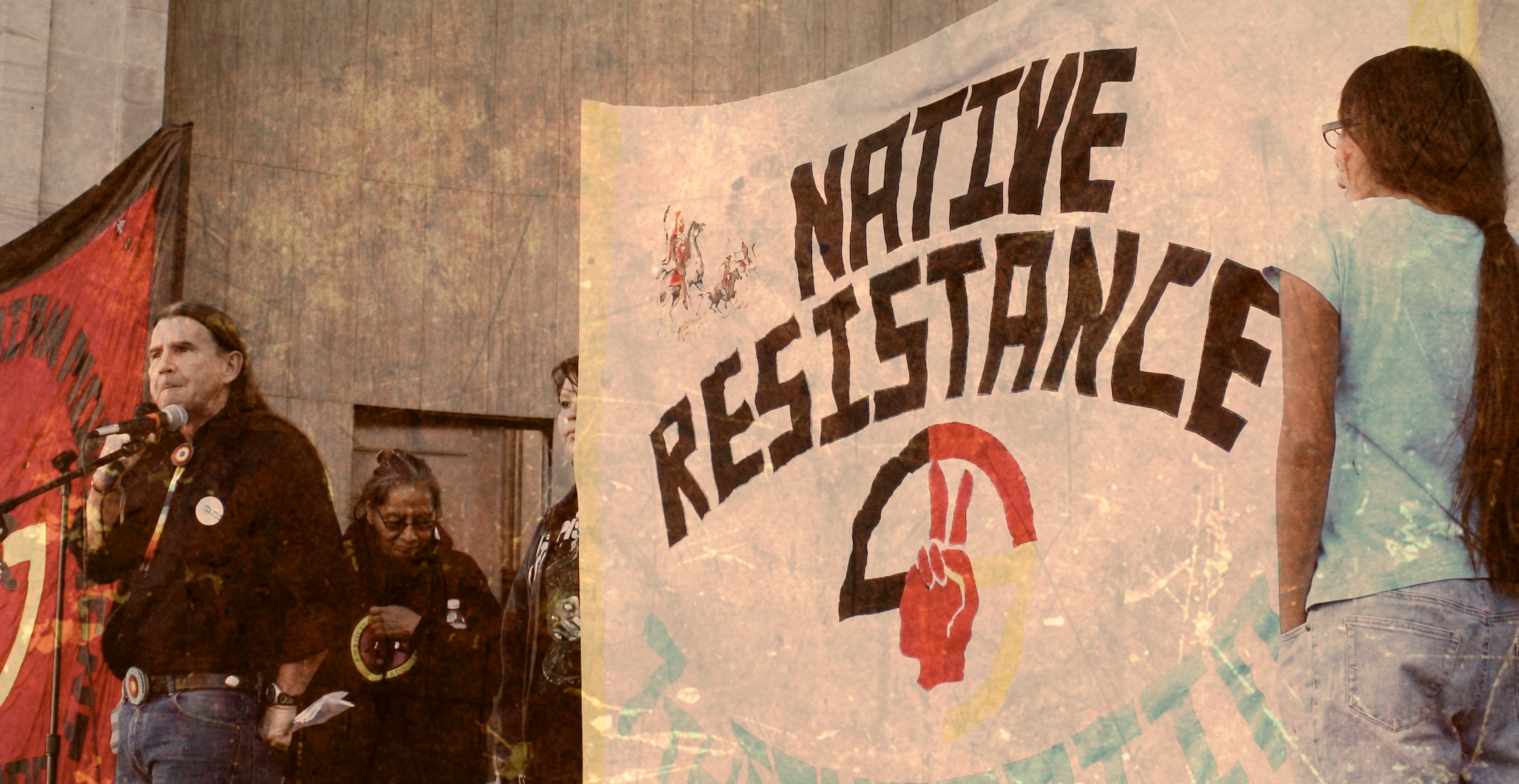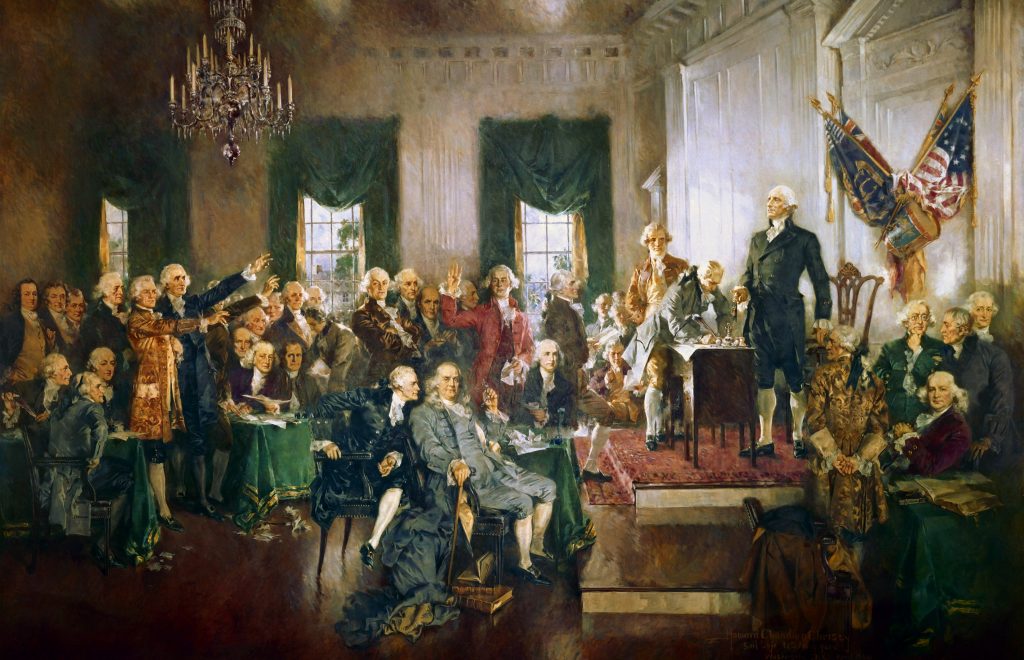The question of Indian rights goes far beyond the location of a single pipeline: Shouldn’t Native Americans be free to make their own decisions about the use of natural resources in Indian Country?
It’s Time for the Feds to Get Out of Indian Country
A permit to develop energy resources requires 49 steps on tribal lands and just four steps off reservations.
As Hillary Clinton and Donald Trump court the minority vote, they have paid virtually no attention to one of the most impoverished groups—Native Americans. More than any other group, American Indians are shackled by bureaucratic red tape that deprives them of the same rights and dignity as other Americans.
The continuing debate over the proposed Dakota Access Pipeline, which would pass near the Standing Rock Sioux Reservation, highlights the desire of Native Americans to have their voices heard. In that case, the tribe claims they were not sufficiently consulted on the location of the pipeline project that might affect their land and water.
But the question of Indian rights goes far beyond the location of a single pipeline: Shouldn’t Native Americans be free to make their own decisions about the use of natural resources in Indian Country?
When Columbus stumbled into America, indigenous people already had a rich cultural and economic history. Lessons in farming from Eastern tribes are now the stuff of Thanksgiving legend. Vast indigenous trading networks stretched all across the continent. West Coast fishing tribes were so rich that they could afford to destroy some of their wealth, such as canoes, baskets and even food, in “potlatch” ceremonies.
Moreover, Native Americans showed a remarkable ability to adapt to new goods and technology. Italian trade beads became an integral part of American Indian decoration and art. The Spanish horse transformed Plains Indian hunting and warfare.
Over centuries, however, these adaptations and innovations have been replaced by subjugation by the U.S. government. In 1831, Chief Justice John Marshall declared the Cherokees to be a “domestic dependent nation” and characterized the relationship of tribes to the U.S. as resembling “that of a ward to his guardian.” Marshall’s words were entrenched when Congress became trustee of all Indian lands and resources under the Dawes Act of 1887.
In recent decades, the government has paid lip service to “tribal sovereignty,” but in practice Native Americans have little autonomy. Tribes and individual Indians still cannot own their land on reservations. This means Native Americans cannot mortgage their assets for loans like other Americans, thus allowing them little or no access to credit. This makes it incredibly difficult to start a business in Indian Country. Even when tribes try to engage in economic activity, the feds impose mountains of regulations, all in the name of looking after Indian affairs.
As just one example, consider tribes’ inability to develop their natural resources, which was the topic of a field hearing by the U.S. House Natural Resources Committee last week in Santa Fe, N.M. Nearly every aspect of energy development on reservations—such as reviews and approvals of even the most basic land-use decisions—is controlled by federal agencies.
By all accounts, though, the federal government has failed to live up to its responsibility as trustee of Indian assets. For instance, a 2015 report from the Government Accountability Office found that poor management by the Bureau of Indian Affairs has hindered Indian energy development, resulting in “missed development opportunities, lost revenue, and jeopardized viability of projects.”
Indian energy resources hold significant potential to help lift tribes out of poverty. Their value, according to an estimate by the Council of Energy Resource Tribes, could be as high as $1.5 trillion.
But the federal government makes it difficult for tribes to capitalize on their resource wealth. On Indian lands, developers must go through 49 steps and at least four federal agencies just to acquire a permit for energy development, compared with only four steps off reservations. It’s not uncommon for several years to pass before the necessary approvals are acquired to begin development on Indian lands—a process that takes only a few months on private lands.
The result is that most tribal energy resources remain undeveloped, even when tribes themselves want to capitalize on their energy wealth. “Willing and able tribes should have greater authority over energy development on tribal lands,” said Mike Olguin of the Southern Ute tribe at the Santa Fe hearing. “In some instances, the best way for the United States to uphold its trust responsibility would be to step aside.”
Last year, both chambers of Congress passed bipartisan legislation that would give tribes greater authority over energy development on their lands. Yet the Obama administration opposes the bill, claiming that it undermines federal oversight of Indian resources.
This Columbus Day/Indigenous Peoples’ Day, politicians shouldn’t just pay lip service to tribal sovereignty. They should give Native Americans the freedom to make their own decisions, not just about energy development, but about the future of their land, cultures and economies.
Mr. Anderson is a senior fellow, and Mr. Regan is a research fellow, at the Property and Environment Research Center (PERC) in Bozeman, Mont. Mr. Anderson is the editor and Mr. Regan is a contributing author of “Unlocking the Wealth of Indian Nations,” (Lexington Press, 2016).
Terry L. Anderson and
Shawn Regan

*Free Range Report*



